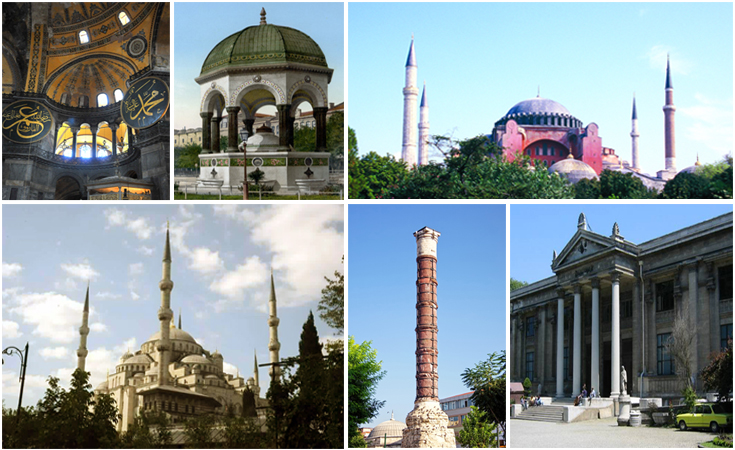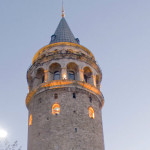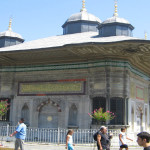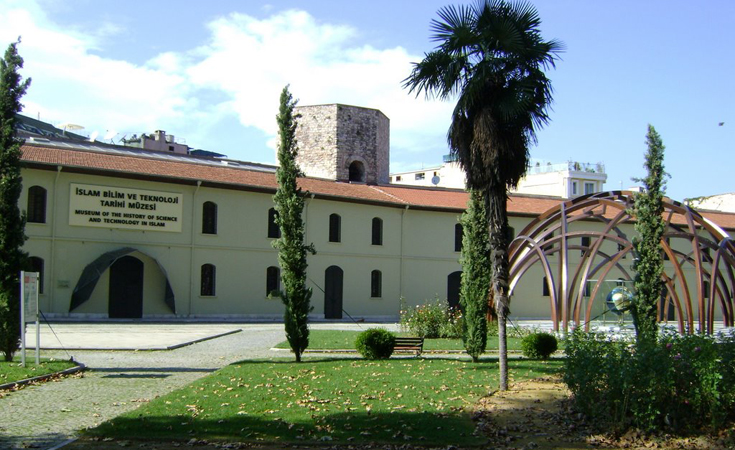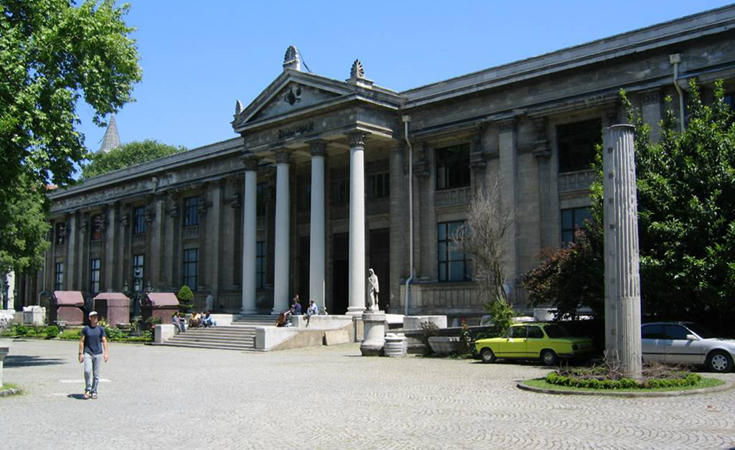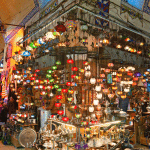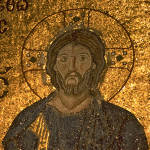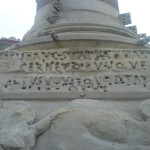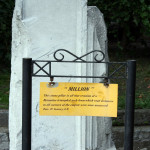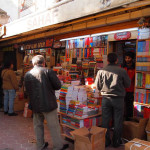The Old Town, also known as the Historical Peninsula, is the oldest part of Istanbul. Encircled by the Golden Horn, the Bosphorus and the Marmara Sea and by the old city walls to the west, this was the ancient city of Constantinople and the huge metropolis known as Istanbul today, was just suburbs, towns, villages, fields and complete wilderness.
Istanbul or Byzantium as it was called in its early days, was first settled by Greek colonists from Megara in 667 BCE. They founded Byzantium at Seraglio Point (Sarayburnu) which is the site of Topkapı Palace today.
The city became the capital of the Eastern Roman Empire in 330 AD. Under the rule of Roman emperor Constantinus, the city’s population grew to 200,000. A celebration to mark the change of the capital from Rome to Istanbul lasted 40 days and Istanbul was given a new name: Nova Roma which means New Rome. Over the course of its glorious history the city was given more than 100 names and titles. It was known as Constantinople, Konstantiniyye, Dersaadet, Bab-ı Ali, Asitane, İslambol and, finally, as Istanbul.
Istanbul is the only city in the world to have served as capital for three empires. The old city is surrounded by historic and cultural treasures, a legacy of its time as the capital for the Eastern Roman, Byzantine and Ottoman Empires.
The Historic Peninsula was declared a World Heritage Site by UNESCO in 1985 because of the large number of historical and architectural masterpieces concentrated in the area, a staggering diversity of structures from Byzantine churches and civil structures to Ottoman palaces, libraries, baths and mosques.
There is never a dull moment in the Old City where you can have a glimpse of history while enjoying the comforts of modern life. In addition to its historic and cultural attractions, today the Old City is also bursting with restaurants, cafes, hotels, shops and services to meet the needs of any traveler.













